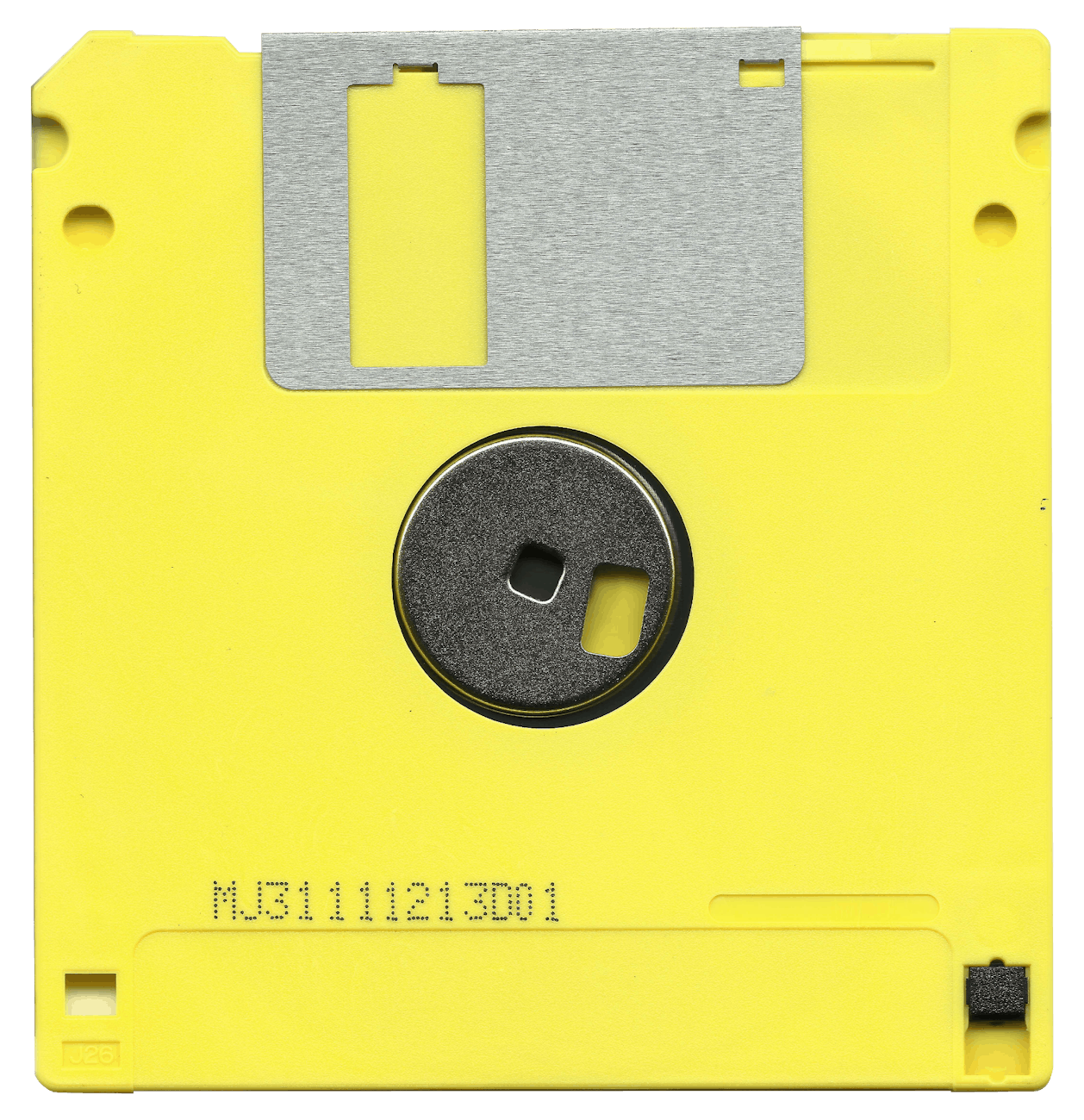Wow, it’s a good thing I’ve spent time working with Raspberry Pi’s because these wifi connected devices that try to be consumer friendly are really a nightmare, here’s a set of notes on this particular product. Note that it is not their fault, it is so common for these problems to crop up:
- The Greater Goods scale does not like long passwords or special characters. Both are needed to keep wifi networks secure, there is no documentation, but some gentle testing seems to show most special characters are not allowed and it looks like there is a maximum 12 character limit. Yikes. Probably due to the firmware they have bought from somewhere else. I’ve had lots of wifi cameras with the same problems.
- The diagnostics are basically non existent, if you have a failure they say try again or buy a travel router which basically creates a subnet for the device. It looks some trial and error, but this is how the things works.
- First you push the button on the back to get it into setup mode, then you tell your phones to look for it and enter the wifi password there and then it tries to access the internet. If it fails, automatically shows an error then immediately turns itself off, so make sure to stare at the thing intently so you can see the error message.
- When it is trying, it shows a digit code for each entry (why this scale doesn’t use a touch screen, I don’t know with full led display, but I guess that’s how they saved some dollars, note to the makers, I think going to $99 for the scale and putting enough UI into it will really help sales!). But basically, 1 means the hardware is good, 2 means that I have SSID access, 3 means I’m at the internet and 4 means I found the Greater Good servers. So what happens is that it gets stuck. There doesn’t appear to be a hard reset, so you have to just keep trying and eventually the firmware concludes it doesn’t work and waits at 1, which is waiting for the SSID.
- You will also get super obscure error messages, but there is a decoder ring at the bottom of the setup page. The common ones are l212 which means you need to try to configure the AP again and t206 which basically means a bad wifi password. Again, you have to be quick to see these things.
- You can actually check to see what is going on, but this needs some magic. There are three nearly invisible buttons just below the display, if you hold the up arrow on the left for three seconds you end up in diagnostic mode. Then there is an invisible button right in the middle between the up and down arrow, click on that and it will try the 4 step access the internet so you can see where it is failing.
So here is how to safely put a wifi scale on your network so it has internet access but can’t see the rest of your network.
- You definitely do not want this device on your core home network, I’m sure there are zillion exploits, so here is what to do.
- First get a decent wifi access point system that allows guest networking. I use the Unifi, but other semi-pro systems should allow it. You want to create a dedicated wifi network for these not very safe devices and give them the dumb password.
- Then you need to isolate them from the rest of the network. With Unifi, this is really hard, but you basically need to create a network and make it a “guest” network.
- In the guest network, you want to make sure that network restrictions is on and that you disable your entire home network. For instance, the blanket 10.0.0.0/24, 192.168.0.0/16 will keep most home networks private. This way they can only access the internet.





